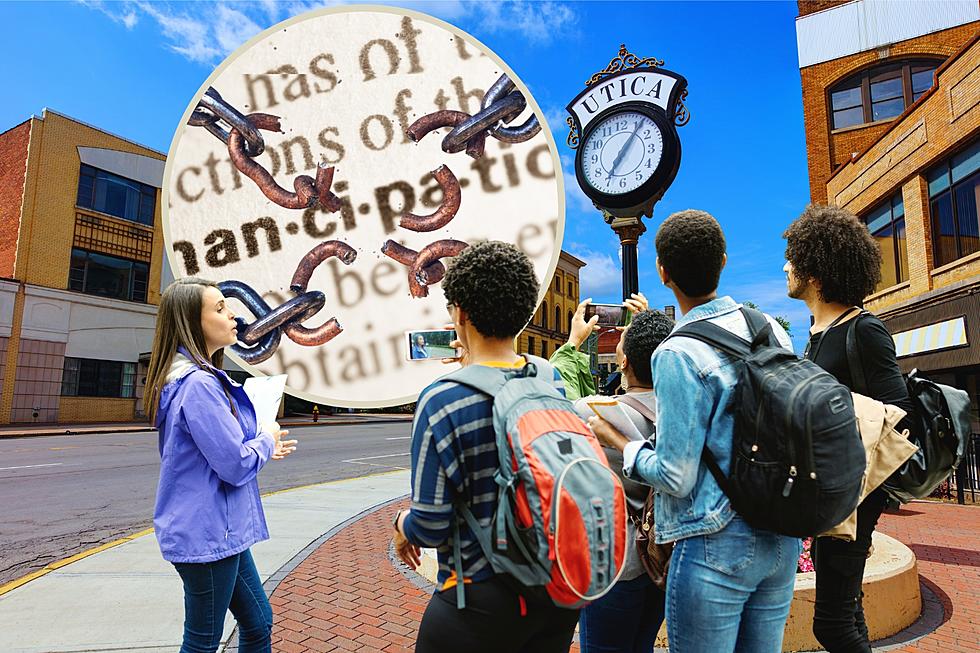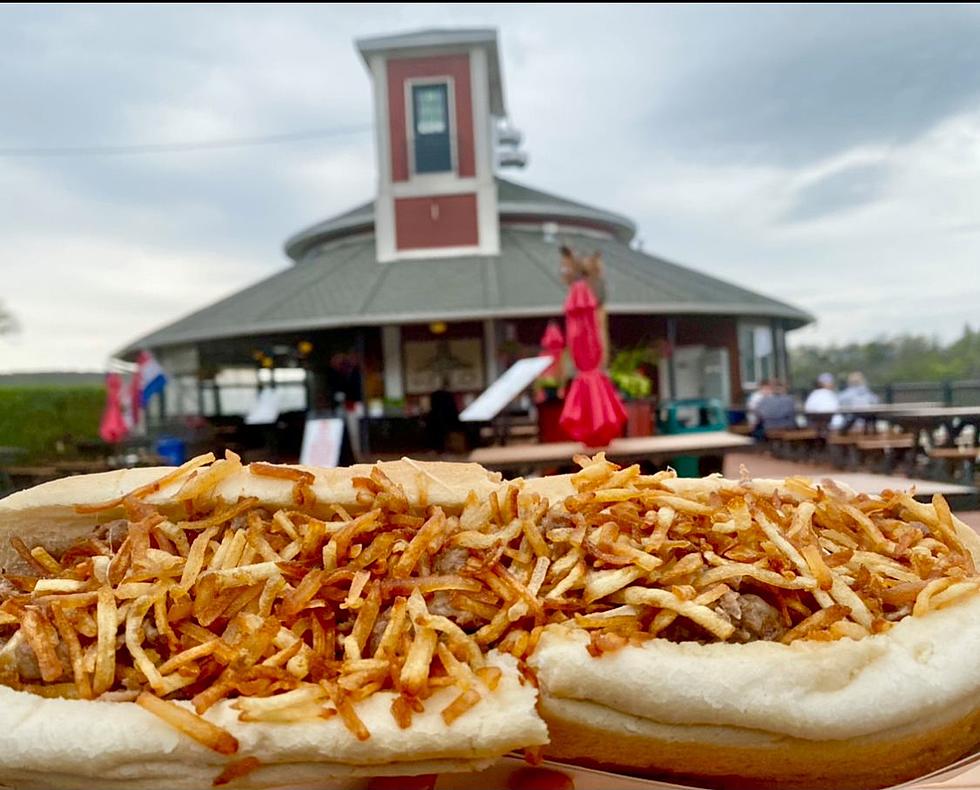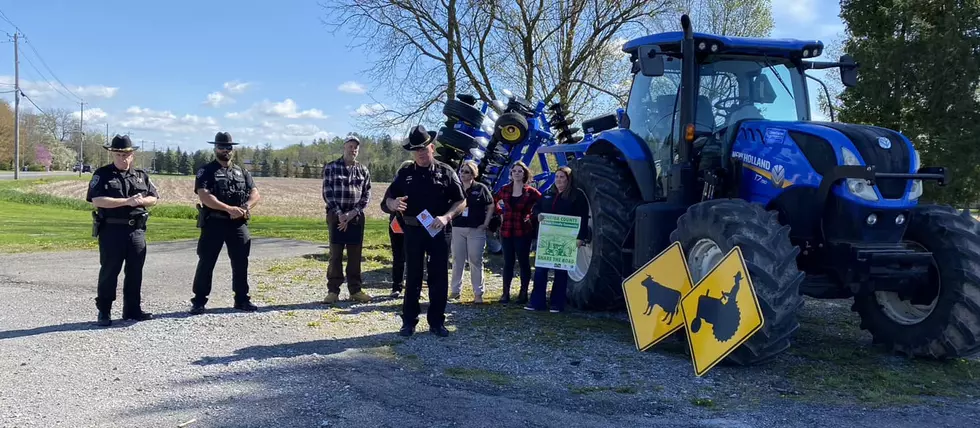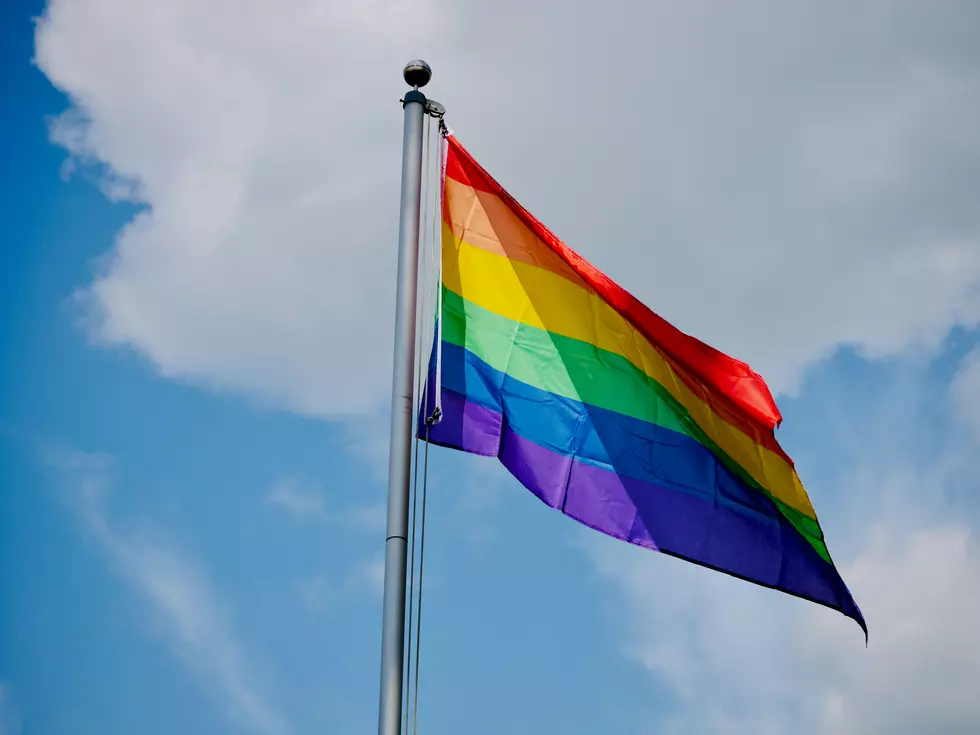
Learn about Central NY’s “Significant” Role in Abolishing Slavery on This New Walking Tour
A new attraction highlighting Utica's involvement with the Underground Railroad opens this week.
After extensive planning and preparation, the Utica Underground Railroad and Abolition Self-Guided Walking Tour finally opened Wednesday. An official ceremony will be held at 98 Genesee Street starting at 4 p.m. ET.
The goal is to highlight the abolitionist community that flourished in Utica during the 19th century, as well as honor the city's role in the Underground Railroad.
The Underground Railroad was a secret network of routes and safe homes established by abolitionists to help slaves escape to free states and into Canada.
While a portion of it ran across the Empire State, a few important channels operated right here in Central NY.
Where to check out the attraction
The new, self-guided walking tour stretches about a mile long and leads people to five different city locations that have a special connection with the abolitionist movement.
It was put together by the Oneida County Freedom Trail Commission, who say three of the stops "relate directly to the Underground Railroad."
Read More: Upstate NY Literary Icon Crowned New York's Favorite Author of All Time
One of those locations is the Hayden Building, where a "dramatic scene" unfolded in December 1836. George and Harry Bird were fugitive slaves from Woodstock, Virginia, who fled to Utica and settled in the city that September.
They were apprehended months later by slave catchers, who demanded their return to Virginia.
The freedom seekers were ultimately rescued by a crowd of protestors that overwhelmed their captors on December 29, 1836, and successfully transported them to Oswego.
Another location on the walking tour is Mechanics Hall, which is on the corner of Liberty and Hotel streets. The building held anti-slavery events during the 19th century, where Frederick Douglass once spoke.
A third stop on the tour is where the riot of 1835 took place, where 600 people gathered at a Presbyterian Church on Bleecker Street in support of establishing a statewide anti-slavery society. However, a pro-slavery mob descended upon the group and the site was forced to relocate.
The Oneida County Freedom Trail Commission has marked the place where the church once stood.
New York's complicated history with slavery
New York was surprisingly divided on the subject of slavery during the 19th century.
Although the Empire State banned slave ownership in 1827, not all New Yorkers supported the move. In fact, riots broke out across the state because of it.
Read More: Utica's First School Opened 226 Years Ago. Where Is It Now?
One hotbed of pro-slavery sentiments was New York City, which clung to its title as the financial capital of the United States. In order to maintain the status quo, the city's wealthy depended on industries that relied on slave labor - like sugar and cotton.
The city's shipping and banking industries were among the most reliant on these trades. Additionally, some businesses helped finance slavery.
Because of this, Southerners did more business with New York City and frequently visited the area. It also should be noted the Big Apple didn't vote for Abraham Lincoln during either of his presidential bids.
Because New York City was more sympathetic to the South than slaves, practices like the Underground Railroad had to operate under greater secrecy than in places like Utica.
That is why historians say it's important to create more opportunities for people to learn about our nation's past. Activities like the Utica Underground Railroad and Abolition Self-Guided Walking Tour helps achieve that goal.

UTICA HISTORY! Vintage Four Acres Concert Posters Found in Ceiling
Walk These 10 Upstate Neighborhoods and Discover Fun and History
Take This Fascinating History Crawl Through Hyde Park, NY
More From WIBX 950









